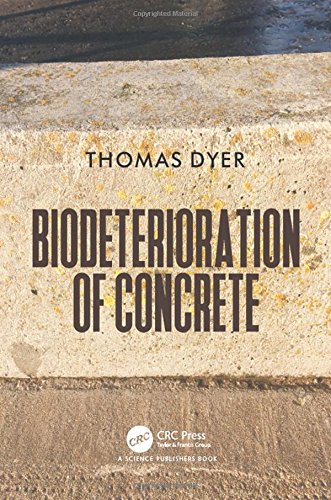

Most ebook files are in PDF format, so you can easily read them using various software such as Foxit Reader or directly on the Google Chrome browser.
Some ebook files are released by publishers in other formats such as .awz, .mobi, .epub, .fb2, etc. You may need to install specific software to read these formats on mobile/PC, such as Calibre.
Please read the tutorial at this link: https://ebookbell.com/faq
We offer FREE conversion to the popular formats you request; however, this may take some time. Therefore, right after payment, please email us, and we will try to provide the service as quickly as possible.
For some exceptional file formats or broken links (if any), please refrain from opening any disputes. Instead, email us first, and we will try to assist within a maximum of 6 hours.
EbookBell Team

4.3
98 reviewsAwareness of the importance of ensuring durability of concrete has been a growing concern of engineers, and there is now considerable understanding of the mechanisms, which cause its deterioration, and means of limiting such damage through the use of appropriate materials and approaches to design.
Many of the deterioration mechanisms, which affect concrete, are the result of interaction with the non-living environment – chlorides in seawater, carbon dioxide in the atmosphere, cyclic freezing and thawing. However, living organisms can also cause damage – through both chemical and physical processes - which under the right conditions, can be severe.
This book looks at all forms of concrete biodeterioration together for the first time. It examines, from a fundamental starting point, biodeterioration mechanisms, as well as the conditions which allow living organisms (bacteria, fungi, plants and a range of marine organisms) to colonise concrete. A detailed evaluation of chemical compounds produced by living organisms with respect to their interaction with the mineral constituents of concrete, and the implications it has for the integrity of structures, is also included. Approaches to avoiding biodeterioration of concrete are also covered, including selection of materials, mix proportioning, design, and use of protective systems.